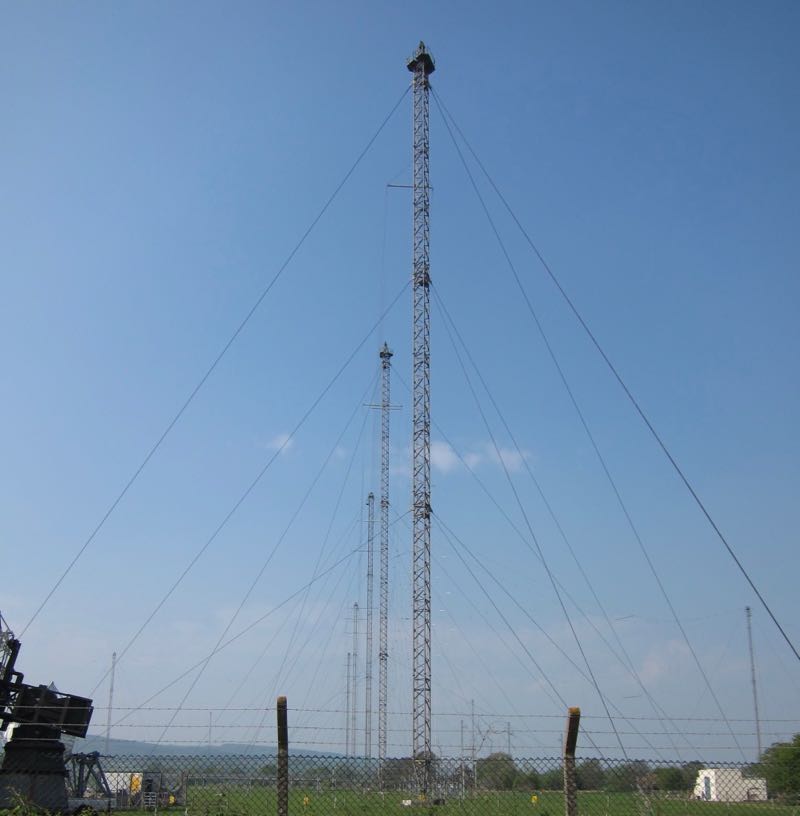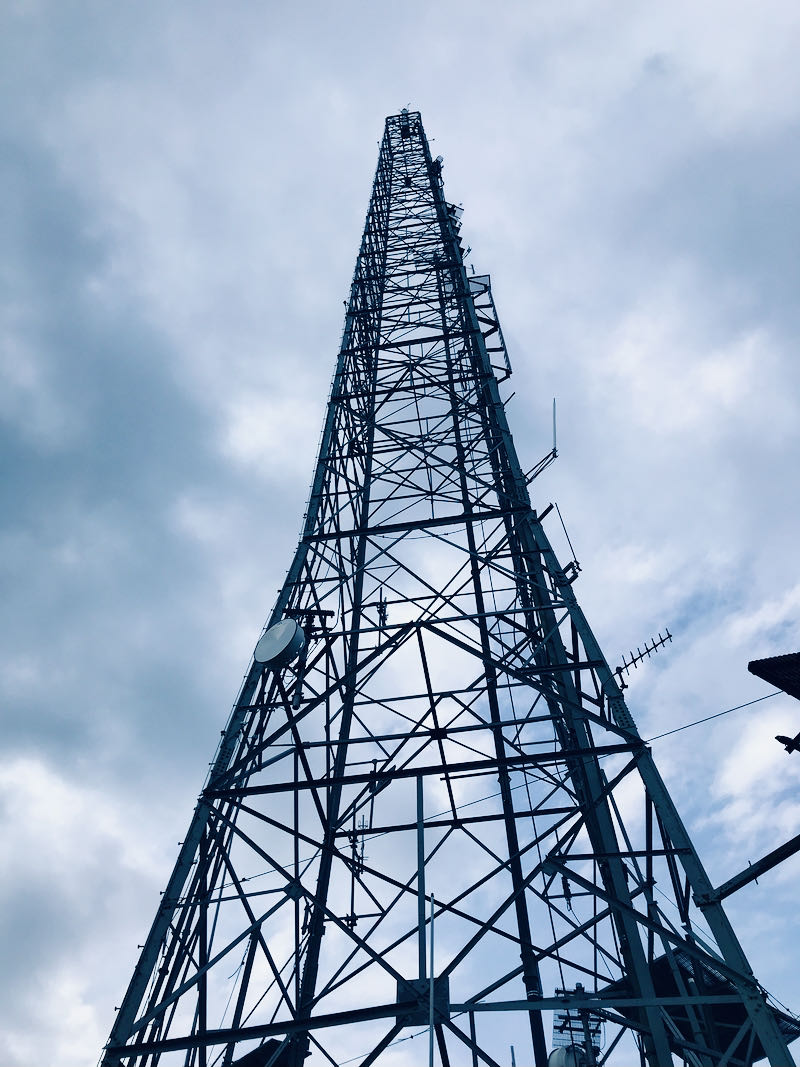Many thanks to SWLing Post contributor, Tracy Wood, who writes:
While searching the revamped Gibraltar Broadcasting Corporation’s website (gbc.gi) I came across a recent documentary that might be of some interest. It’s titled “GBC: The Move”. The GBC website states it’s a “story about the move from our home of the last 41 years to the ‘new’ Broadcasting House on Rosia Road, a project 4 years in the making. Featuring interviews with staff, the build, history and insight to the huge undertaking that is moving whilst staying ‘”on air’.”
The documentary includes photos of the former 1458kHz top-loaded medium-wave originally located at the Bastion downtown, before it’s relocation to a site above Engineer Road with a much larger “top-hat.” The program covers aspects of both the radio and TV services. (GBC offers three radio services – Radio Gibraltar, Radio Gibraltar Plus FM, Radio Gibraltar Plus AM. The Plus services include two hours of Spanish Monday-Friday and run in parallel except when the AM service covers Gibraltar Parliament sessions.
https://www.gbc.gi/tv/programmes/gbc-move-1189
Direct URL :
https://www.gbc.gi/tv/programmes/gbc-move-1189/clips/gbc-move-627
Runtime: 54:16
GBC’s radio service and locally-originated TV programs are available at www.gbc.gi.
This is fascinating! Thank you for sharing this, Tracy!







